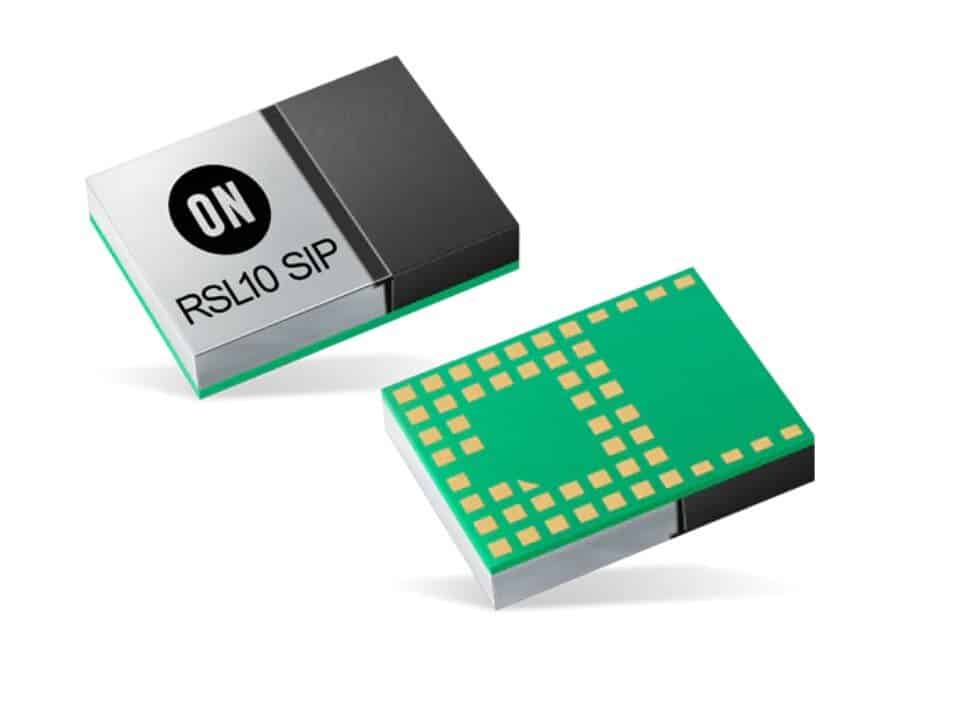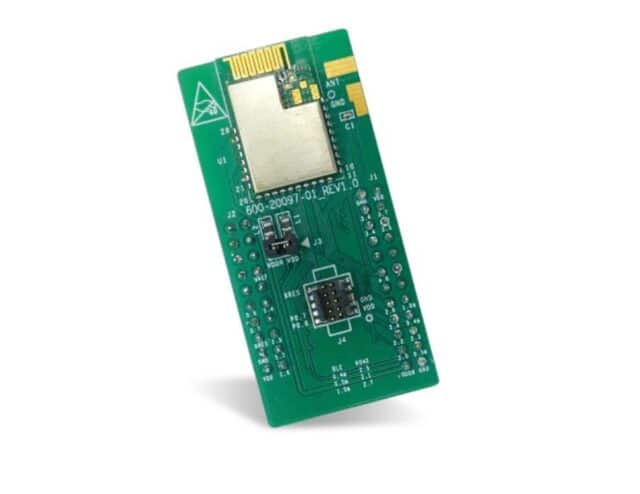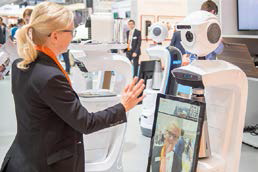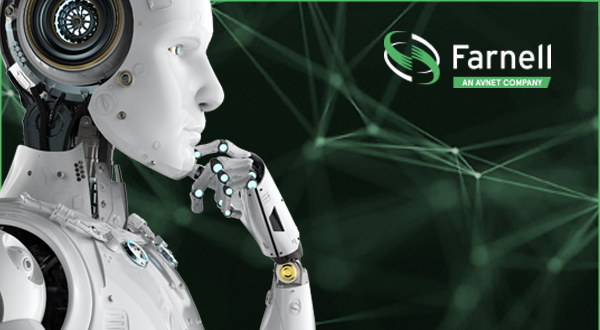Mark Patrick, Mouser Electronics
The concept of smart home is not something new, and we have been talking about it for decades. However, until recently, it was something that was only within the reach of those who could afford the high cost of a total renovation of the residence and all the necessary devices. Today, innovations with wireless internet, the Internet of Things (IoT), voice recognition/control, and artificial intelligence (AI) have started to make home automation technologies more accessible to consumers. The word "smart" is now associated with things like dishwashers, refrigerators, washing machines, air conditioners, coffee makers, and many other household appliances.
In addition, some of the big technology companies —such as Amazon, Google, Apple or Microsoft— offer different options for digital assistants to control smart homes; Thanks to this, home automation is no longer limited to “smart TVs” or entertainment devices, and it is now possible to have remote control functions for lighting, heating or security. Another important factor is that Internet operators already offer home automation and wireless network configuration services.
All the studies predict significant global growth in home automation in the next five years or so, but the figures reported in these studies are radically different. Zion's report, for example, gives a figure of 53 billion dollars in 000, while Orbis goes up to 2022 billion dollars in 150 and the latest study by MarketsandMarkets speaks of 000 billion dollars by 2023.
Despite all the hype and media attention, the reality is that consumers are not seen to be enthusiastic about outfitting their homes with smart appliances. This is mainly due to data privacy and security issues.
Incidents such as the Amazon Echo (the smart speaker that sent a recording of a private conversation to a random contact of the owner), as well as the numerous cyberattacks on large hotel chains and airlines that were, in theory, protected by corporate security systems, they create reluctance towards smart devices that are constantly listening to what is happening and collecting data.
When designing smart home solutions, it will be necessary to use technologies that are cost-effective, well-connected, energy-efficient, and easily integrated; however, they must also be secure and reliable. Let's see what are the basic technologies that could once and for all generalize the use of home automation.
Intelligence and connectivity
The JN5168-001-M0xx (NXP) series wireless modules feature surface mount construction, high performance, and extremely low power consumption. They are designed for IEEE 802.15.4, JenNet-IP, ZigBee Light Link, ZigBee Smart Energy, and RF4CE network applications. With these ready-to-use devices, it is no longer necessary to design specific RF boards and test packs, a time consuming and expensive process. This allows OEMs in the home automation industry to create attractive products with less money and a shorter time to market. The modules are based on the company's JN5168 wireless microcontroller, an element with large memory capacity, a high-performance processing core, and excellent radio performance (all necessary RF components are included). Therefore, the only thing that needs to be done to make wireless sensing or control products is to connect the power supply and peripherals (switches, actuators and sensors), which simplifies the work considerably.
Bridgetek 90-bit FT32x embedded microcontrollers are designed for high-speed interface-binding jobs, and are capable of offering a wide range of I/O functions. They feature a parallel camera input and high-speed USB 2.0 server and peripheral ports. The FT32 processor core of each microcontroller runs at 3,1 DMIPS/MHz, and can run without standby (0WS) up to 100 MHz. It is designed for closed-circuit monitoring systems, security digital video recording, and protection networks, and has a unique domain of data transmission. Because of this, it is not necessary to use complex direct memory access (DMA) interfaces to transfer data internally, so the processing model is highly deterministic. The device has 256 kB of program or "shadow" memory and 64 kB of data memory.
Intelligence and automation
Cypress Semiconductor's EZ-BLE and EZ-BT are a WICED (Wireless Internet Connectivity for Embedded Devices) offering that can simplify the design and development of home automation hardware. These are fully integrated modules with a built-in crystal oscillator, flash memory, passive components, and a unique CYW207xx System-on-Chip (SoC) with 3-bit ARM Cortex-M32 processor. They are low power units with pulse width modulation (MIA), analog-to-digital conversion (ADC), and I2C, UART, and SPI serial communication.
WICED EZ-BT modules also have a PCM/I2S audio interface and 512 kB serial flash memory, as well as a license-free Bluetooth 5.0 stack. On the other hand, the WICED EZ-BLE module features 128KB flash memory and 60KB SRAM for self-sufficient operation and OTA upgrades. These memories have a free license BLE stack and are compatible with Bluetooth 4.1. Both modules use the company's WICED Studio software development kit for the IoT, which combines Wi-Fi and Bluetooth in a single integrated development environment (IDE).
ON Semiconductor's RSL10 multi-protocol SiP (System in Capsule) has the low-power wireless connectivity needed for a wide variety of applications in the world of IoT and home automation. It is a versatile system that supports Bluetooth 5 and a 2 Mbps RF link, as well as proprietary or custom 2,4 Ghz protocols. It features a 3 Mhz ARM Cortex-M48 processor coupled with a dual-core 32-bit Harvard DSP ready for heavy signal processing tasks. It has various memory architectures (RAM and flash), so it can store the Bluetooth stack and other applications. The capsule also features a high-performance DMA controller, oscillators, and power management units. It can work with supply voltages between 1,1 and 3,3 V.
From the SiP RSL10 evaluation board we can access all the input and output connections through standard 0,1 inch connectors. In addition, it features a communication interface IC and J-Link functions so engineers can debug hardware via USB/PC connection.

intelligence and comfort
TE Connectivity's HTU21D digital relative humidity sensor is housed within a 3x3mm reflow-solderable DFN capsule. It supplies linear and calibrated signals via an I2C interface. It is a low power, plug and play, temperature and humidity transducer designed specifically for HVAC systems, security cameras and similar concepts. There is direct interface to a microcontroller via the modular humidity/temperature digital outputs. All sensors are individually tested and calibrated, and the resolution is changeable (from 8/12 bits to 12/14 bits for RH/T). The solution has a checksum module that contributes to improving the reliability of communication.
The AAEON EnOcean UP Kit for Smart Homes offers different potential solutions for the home, such as light adjustment, blind control, window sensors and temperature control. The kit contains a PTM210 electrodynamic pushbutton transmitter with two rocker switches for testing, an STM329 wireless magnetic window contact module, an STM330 wireless temperature sensing module, an Eltako/BSC wireless contact switch, and the adapter plate for the company for generic inputs and outputs (GPIO). It can be supplied with a communication frequency setting of 868 Mhz for Europe and 902 Mhz for North America.
ams Smart Lighting Engines are part of the company's well-known family of Cognitive Lighting products, units with advanced self-management, centralized control and integrated sensing capabilities. With this solution, intelligent lighting can be achieved in an IoT system capable of adjusting to the aesthetic characteristics that the user wishes. The AS7211 Smart Lighting Manager for IoT supports network functionality and is integrated with a digital ambient light sensor for automatic, closed-loop daylight management. The control of the light in the IoT is carried out through a network connection or through 0-10 V regulators with control outputs to PWM actuators to LEDs (among others). To facilitate integration with standard network clients, there is a serial UART interface and a text-based smart lighting command set.
Smart home technology will be smarter
There is still a long way to go before home automation hardware/software becomes widespread among users: we will need a real technological breakthrough before these systems do what their name suggests. However, it is likely that the limitations of current smart devices will soon be overcome and new technologies appear; in this sense, a greater dependence on artificial intelligence will be essential. These devices must not only be smarter, but they must also be designed to ensure a higher level of security so that users are truly safe inside their smart home.








